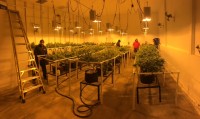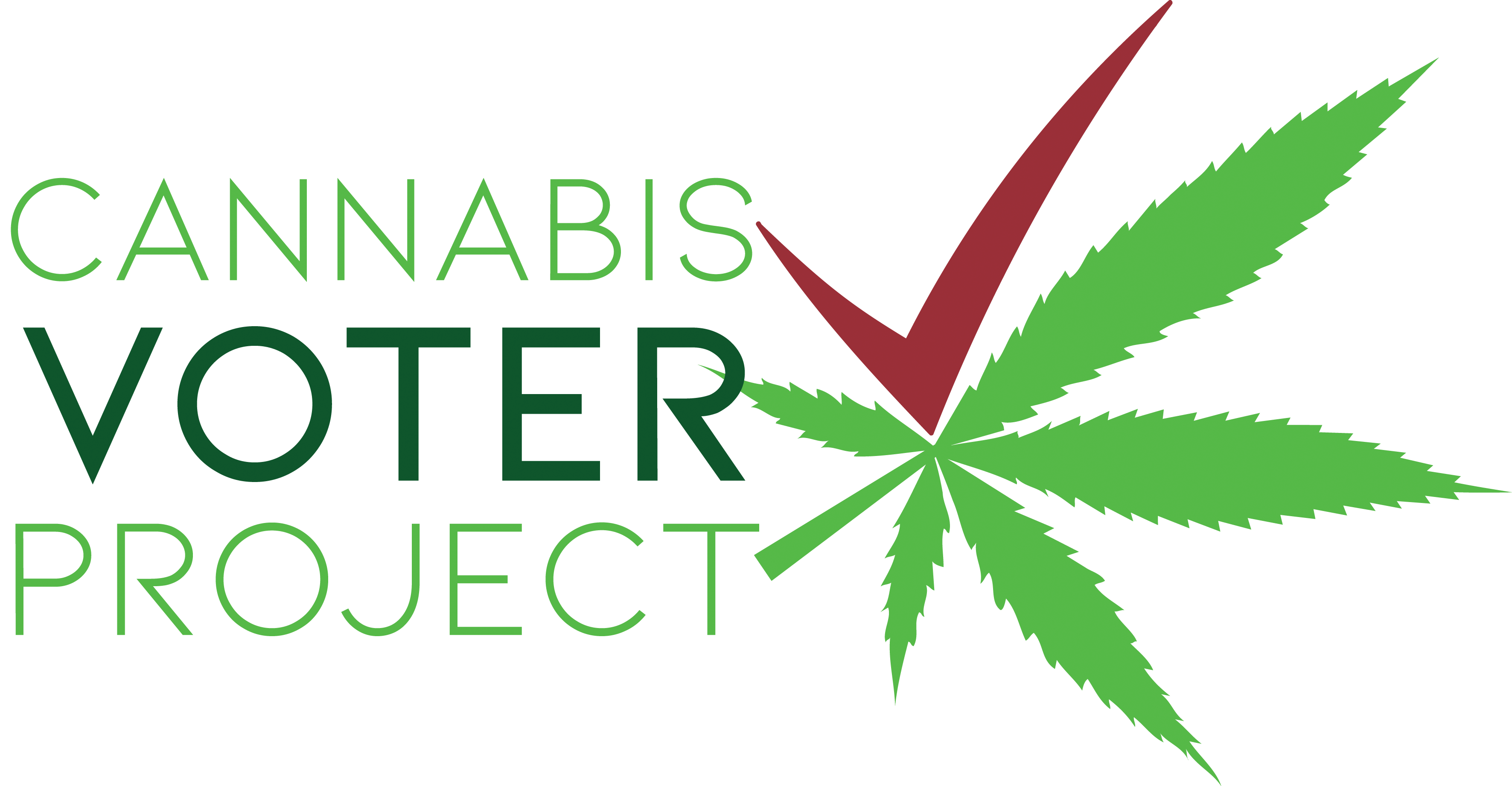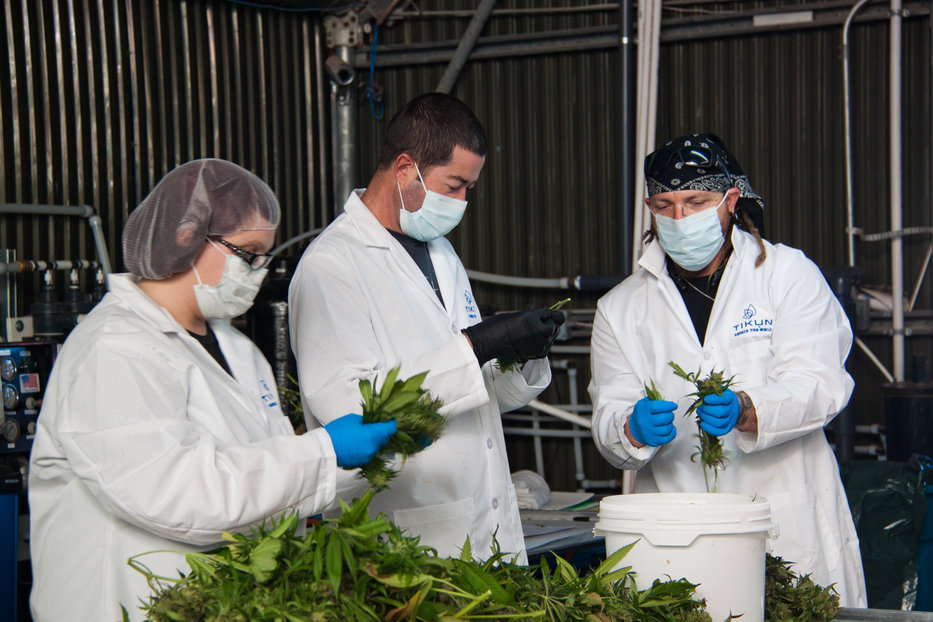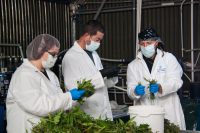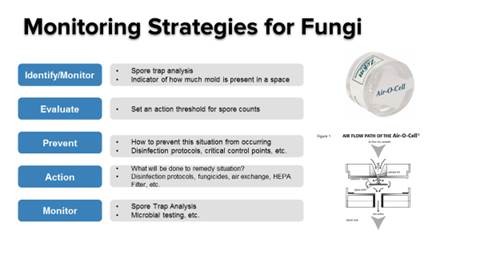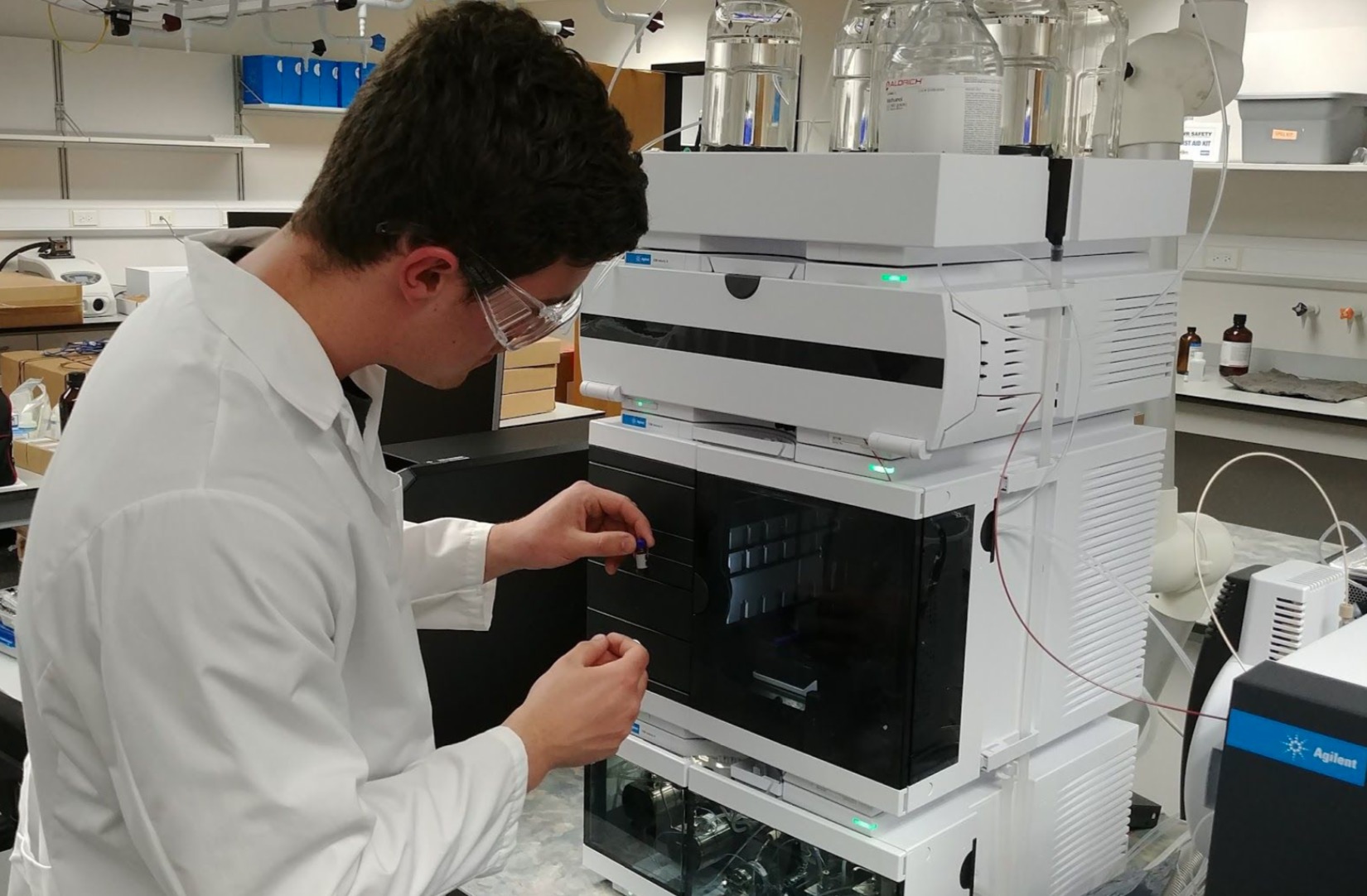Cannabis businesses have become a driving force for economic growth in the United States. We’ve all heard the statistics. In 2018, the industry accounted for approximately $10.4 billion in revenue and is slated to grow to $21 billion by 2021.
But with growth comes pressure to produce more, enhance quality and optimize operations. However, managing a cannabis business without modern, capable tools can hinder growth and leave opportunities on the table. That’s why fast-growing cannabis businesses are looking to the proven benefits of a true cloud Enterprise Resource Planning (ERP) platform to help manage production, provide insights and improve business operations. When we add in the complexity and ever-changing nature of regulation, the need for a robust operational system becomes even more critical.
David Stephans will be speaking during CIJ’s October 9th webinar, “Driving Strategic Advantage for your Cannabusiness through Process Efficiency, Quality & Compliance” Click here to learn more and register for free.Cannabis business leaders may want to develop their own “playbook” to differentiate themselves in the market. But before they start to engineer their forward-thinking approach, they should start with a cloud ERP as their foundation. This can help with everything from the most basic of needs to more sophisticated strategies. In this article, we’ll review some key cannabis business goals and tactics, and how ERP can help lay the groundwork for success.
Drive growth and expansion.
Business growth often translates into operational expansion, meaning more facilities, staff and compliance requirements to manage. A cloud ERP supports these functions, including the launch of new products, expanding pricing schedules and increasing production to meet demand. Having the ability to track and manage growth is crucial, and a cloud ERP can provide the real-time reporting and dashboards for visibility across the entire business. This includes not just operational visibility, but also a look into a company’s sales, finances and supply chain.
Foster exemplary customer experience.
Cannabis companies need to streamline processes from the moment an order is placed to when it arrives at the customer’s door. In the mind of consumers, cannabis businesses compete against the likes of Amazon. They must be able to provide a similar experience and level of service, with customers receiving orders in a couple of business days. Cloud ERP can help automate processes. And when things go wrong, it can also help with resolution, especially when it’s paired with a customer relationship management (CRM) system on the same cloud platform. For the B2B market, cloud ERP empowers account management to review past orders to better meet future customer needs.
Stay a step ahead of the game.
In the industry, change is a constant. The future will likely bring about shifts in products, regulations and suppliers. A cloud ERP can modify workflows, controls and process approvals on the fly, so companies can adapt to new requirements. It offers security against emerging risks and easy integration with other systems cannabusinesses may need. An advanced cloud ERP will also provide cutting-edge capabilities, such as AI insights and data-capture from Internet-of-Things (IoT) devices.
Ensure quality product for raving fans and avoid flags on the field through airtight compliance.
Many cannabis companies are passionate about delivering the highest-quality cannabis products. Auditability is key to both quality and compliance. Complete traceability, with lot and serial number tracking, will record comprehensive audit trails from seed to sale. A cloud ERP will incorporate RFID tags down to the plant, lot and product levels to assist in this process. As cannabis goods move through their lifecycle, the cloud ERP will append appropriate tracking to purchasing receipts, inventory as it moves between locations, products as they’re packaged and sales orders as they’re fulfilled.
As a heavily regulated industry, cannabis business is also subject to burdensome compliance standards. A cloud ERP can support the rigorous testing that’s required to assure potency and safety. It easily facilitates Good Manufacturing Practices (GMP) and Good Production Practices (GPP), which ensures products are consistently produced according to quality standards. Many regulatory agencies require digital reporting; cloud ERP can facilitate this requirement through integration with Metrc, Health Canada and the FDA. Compliance can be a costly endeavor, and this type integration saves time, money, and effort.
As you can see, a cloud ERP helps efficiently balance compliance and regulatory requirements, with operational efficiency and customer service – key strategies in any cannabusiness playbook.















